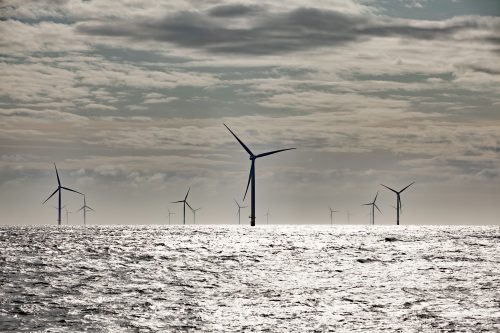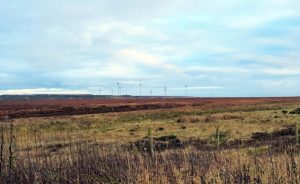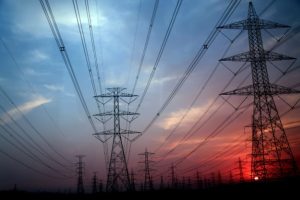Plans for massive offshore windfarm shelved due to soaring costs

Danish energy company, Ørsted, has halted its plans for a major windfarm off the East Yorkshire coast.
The Hornsea 4 project would have featured 180 turbines and was expected to be one of the largest offshore wind farms in the world, with a potential capacity of 2.4GW – enough to power more than a million homes.
However, Ørsted has now said the project – The fourth phase of the huge Hornsea windfarm – no longer makes economic sense, despite signing a 15-year contract with the government guaranteeing to sell power at an agreed price.
A government spokesman responded to The Guardian newspaper that it continues to have: “a strong pipeline of projects” to deliver clean power by 2030 and would work with Ørsted to get Hornsea 4 “back on track”.
He added: “Through our mission we will deliver an energy system that brings energy bills down for good and bolsters Britain’s energy security as part of our plan for change.”
The UK’s offshore wind sector has been hit with spiralling costs and Ørsted is the second developer to withdraw from a major offshore project.
Swedish company Vattenfall cancelled its development of a 1.4GW wind farm off the coast of Norfolk in July 2023, which was also due to rising costs.
That scheme was sold to the German energy company RWE, which has said it intends to complete the project.
The problems offshore developers are confronting has raised doubts about the government’s clean power by 2030 target – one of the Labour government’s five central “missions”.
Currently just over half of the country’s power currently is generated by wind, solar, nuclear and biomass – organic matter. But the government wants to hike that to 95 per cent by 2030.
According to estimates by Aurora Energy, in order to hit this target the UK would have to triple offshore wind capacity and double the amount of solar and onshore wind power on the system.








